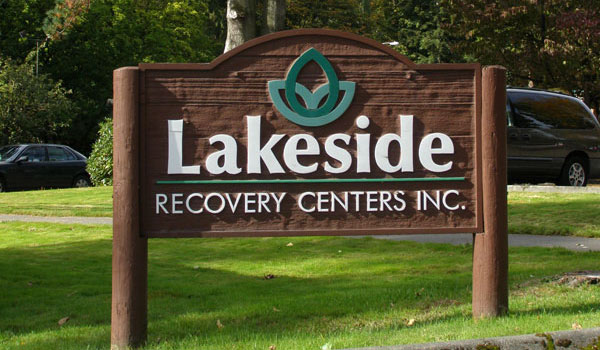College Alcohol Rules and Guidelines
In a new study, titled “Assessing Campus Alcohol Policies: Measuring Accessibility, Clarity, and Effectiveness,” researchers from Johns Hopkins examined college alcohol rules and guidelines for their effectiveness.
The review was conducted by retrieving campus policies from each college’s website. These alcohol rules and regulations were then assessed for accessibility (ease of acquisition), clarity (ease of understanding), and effectiveness (the likelihood of problematic drinking being reduced). In addition to gauging these guidelines against federal benchmarks for comprehensiveness, researchers created their own measure of “likely policy effectiveness.”
Over the course of the study, most campus alcohol policies could be located within 30 seconds but tended to be spread throughout multiple pages. Generally, the language used in policies was complex and overly complicated, making the likelihood of comprehension and adherence significantly less.
The pages themselves lacked the highest rated policies overall. While many of them included typical, effective sanctions, they were also likely to incorporate somewhat and ineffective sanctions as well.
The Importance of Campus Policies
Clear and comprehensive alcohol policies can be an effective tool for creating safer campuses nationwide. Not only do they ensure that universities adhere to legal requirements regarding the alcohol consumption of the student body, but they also set expectations for drinking culture at the school. The development of these policies should involve complete, dedicated buy-in of the college’s top leadership, and should be based on a comprehensive approach to student welfare.
The misuse of alcohol and drugs creates problems not only for the students participating in the behavior, but also for their peers. Non-drinkers can still experience the effects of others’ alcohol consumption, including reduced sleep (from loud students in the dorms), interrupted studying, and increased risk of physical violence or assault. However, those who drink heavily are in more danger than they realize.
Cause for Concern
Alcohol is one of the leading preventable causes of death in the United States, and university students are particularly at risk. More so than almost any other demographic, those of college age (generally categorized as people between the ages of 18 and 22) are at risk of developing an unhealthy relationship with alcohol.
According to the 2016 National Survey on Drug Use and Health, over 57% of full-time college students had consumed alcohol within the past month. Of them, 38% engaged in binge drinking, which is defined as five or more drinks on one occasion for men or four or more drinks for women over the same time period. Finally, 10.5% admitted to heavy alcohol use: binge drinking for five or more days out of the past month.
These rates are higher for college students than for their peers who do not attend university: a phenomenon that could be explained by a wide variety of pressures and factors. First, college is a chance for students to begin anew. Many teens who never participated in party culture in high school find themselves trying new things – in this case, that could mean drugs and alcohol. Further, the social landscape of university is more party-oriented and alcohol-driven than most other settings. Gatherings center around drinking more often than not, which can put those who don’t want to partake in an awkward position. Finally, turning 21 and various social expectations create additional pressure to drink more and more alcohol.
The harm caused by excessive drinking cannot be overstated. The National Institute on Alcohol Abuse and Alcoholism (NIAAA) has released statistics indicating that it contributes to 1,519 student deaths per year. Additionally, there are an estimated 696,000 assaults committed by other students who have been drinking and 97,000 cases of date rape or sexual assault each year.
Parents Can Help: Educate Your College Student
The early weeks of one’s college experience are key; they are a vulnerable, less structured time of great change and unfamiliar faces. Certain influences – such as free time, proximity to others, developing friendships, inconsistent law enforcement, and limited interaction with parents or authority figures – can intensify the problem.
Fortunately, parents can help to lessen these dangers by educating their college-bound teens. This can take a variety of forms, including:
- Talking about the real, unexaggerated dangers of harmful and underage drinking. This could include legal trouble, increased likelihood of violence, the establishment of unhealthy patterns, and potential academic concerns.
- Reaching out to your child and practicing open, nonjudgmental communication.
- Reminding your child that they are free to reach out to you about their activities and concerns.
- Developing an understanding of the college’s alcohol policies and emergency responses.
- Ensuring your child knows the signs of an alcohol overdose (alcohol poisoning) and how to help a friend who exhibits them.
Alcohol Addiction Treatment
Lakeside-Milam is the Pacific Northwest’s premier drug and alcohol addiction treatment center. With locations all across Washington state and coverage from a majority of insurance providers, our services are convenient and affordable to access. As a family owned and operated center, we understand the importance of your child’s safety during the transitions of college life. Don’t let alcohol get in the way of their success. Call 800-231-4303 today.






